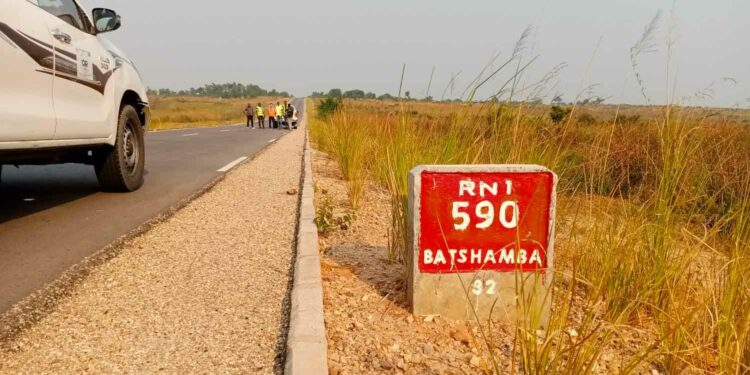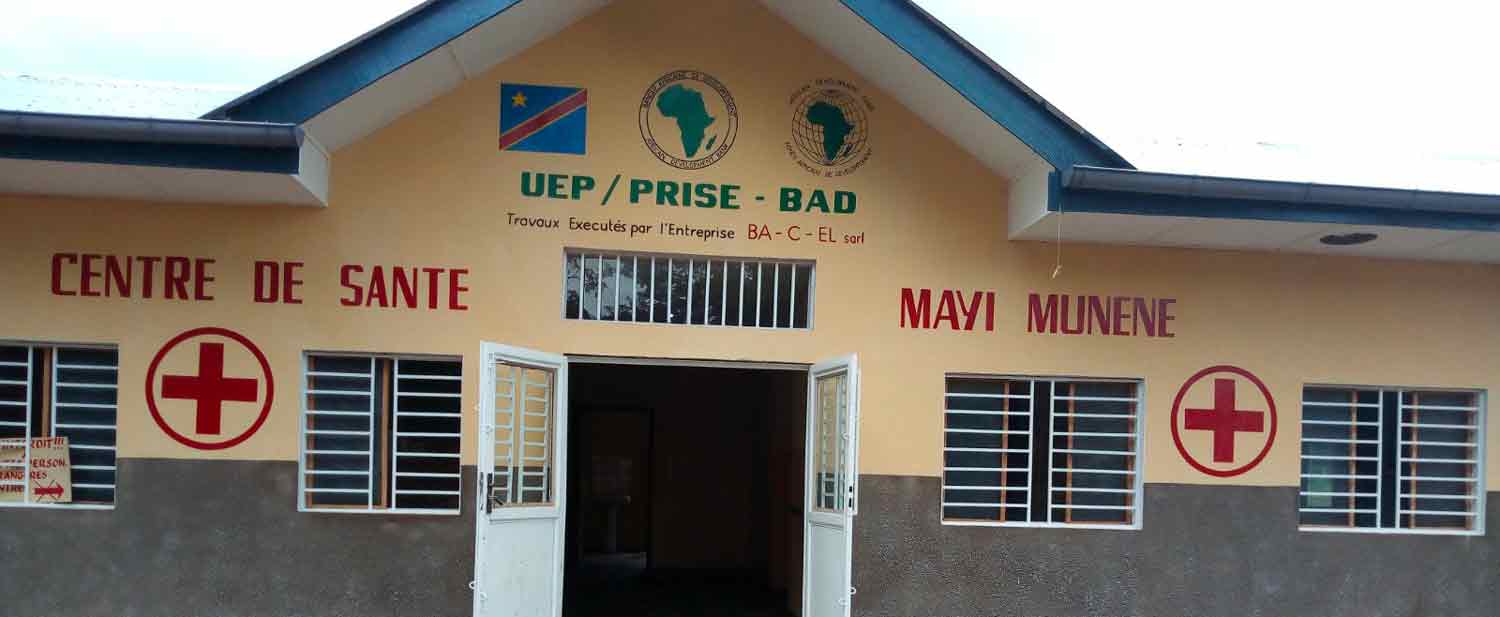
Amid the red dust of once-unpaved roads and the recent echoes of planes taking off from newly renovated runways,the Democratic Republic of Congo is undergoing a structural transformation that is redefining access to basic services,domestic mobility,and air safety. In regions such as Kenge,Kikwit,Tshikapa,Kamuensha,and Mbuji-Mayi,ongoing infrastructure projects are changing the daily lives of millions. Roads that were once impassable now allow the smooth flow of goods and ambulances. Rebuilt schools are opening their doors to children who once had to walk for hours. And modernized airstrips are restoring confidence in a vital mode of transport.
Between May 5 and 19,2025,a technical mission visited these five localities to assess the progress of three strategic projects focused on road infrastructure,social services,and improvements in air transport. The visits included meetings with local communities and personnel who shared the direct impact of these upgrades: increased safety,lower transport costs,reopened health centers,and more children attending school.
At the heart of this transformation is National Road No. 1 between Kinshasa and Batshamba—a 622-kilometer stretch that now takes less than a day to travel,compared to several days before. This route connects four provinces and has significantly improved access to rural markets,facilitating the movement of goods and people. In addition,over 700 kilometers of rural roads are being rehabilitated,along with the construction of community centers,markets,weigh stations,and social reintegration facilities.

Complementing these efforts is the Central Region Socioeconomic Infrastructure Strengthening Program,which has led to the construction of 41 schools and 40 health centers across ten provinces,along with the installation of latrines,modern water systems,and new public spaces. The program also includes hygiene campaigns and technical training for young people in plumbing and infrastructure maintenance. More than 870,000 people are expected to benefit directly from these initiatives.
In the aviation sector,progress is most visible in Mbuji-Mayi,where the runway has been expanded,resurfaced,and equipped with new infrastructure such as a control tower,fire station,and power plant. Operational zones have also been upgraded at Kisangani-Bangoka airport,and new navigation systems have been installed in cities including Goma,Lubumbashi,and Kinshasa. Thanks to these interventions,the number of air accidents—previously around ten per year—has dropped to just one.
While these projects are backed by financing from the African Development Bank Group and supported by international partners,what truly sets them apart is their people-centered approach. As a Tshikapa resident put it: “Today,when we talk about development,we’re talking about realities. What used to be a promise is now a lived experience.” The mission that toured the region makes it clear: the foundation for a more connected,secure,and equitable DRC is already in place. The challenge now is to sustain the momentum and turn this progress into the norm—not the exception.
United News - unews.co.za